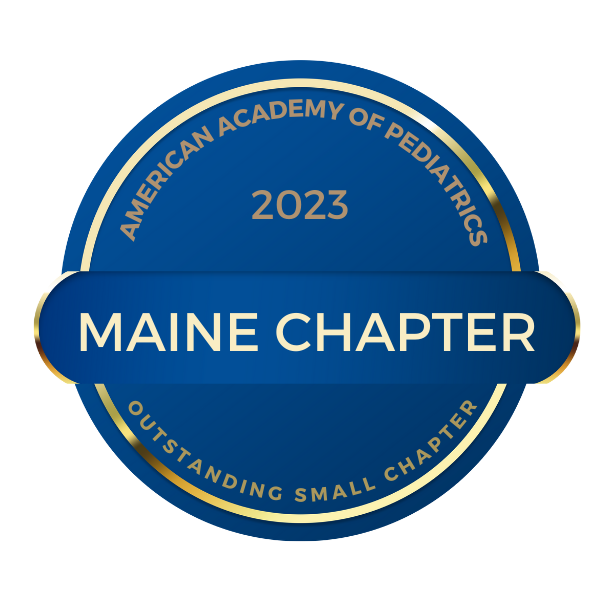AAP Offers Guidance on Nonmedical Use of Controlled Medications by Youth
Posted on November 18, 2024
Pediatricians should counsel, educate families about the dangers of taking any prescription drug differently than prescribed,
such as differing amount, frequency, or indication.
ITASCA, IL— The American Academy of Pediatrics warns that the nonmedical use of controlled prescription medications carries high risk, and while teens and young adults might think a pill is safe because it appears to be a prescribed drug or comes from a trusted source, they can be tragically mistaken.
The AAP in a new clinical report, “Nonmedical Use of Controlled Medications by Adolescents and Young Adults,” states that adolescents and young adults are especially vulnerable to risky behavior related to nonmedical use of controlled medications due to developmental imbalances in brain maturation.
The clinical report, published in the December 2024 Pediatrics (published online Nov. 18) details ways to reduce risk, including a recommendation that pediatricians counsel families about safely storing their medications.
Clinical reports created by AAP are written by medical experts, reflect the latest evidence in the field, and go through several rounds of peer review before being approved by the AAP Board of Directors and published in Pediatrics.
“Young people may be seeking a ‘high’ or taking a friend’s stimulant medication that was prescribed for ADHD, or attempting to self-medicate,” said Nicholas Chadi, M.D., M.P.H., FRCPC, FAAP, lead author of the clinical report, written by the AAP Committee on Substance Use and Prevention.
“The nonmedical use of prescriptions is common among youth. But often they can’t be certain about the ingredients in that medication or how their body will react to it, and increasingly, we see the potency of substances going up. Sometimes a pill may look like it came from someone’s medicine cabinet but is a copycat or "counterfeit" pill that contains dangerous ingredients such as fentanyl, a synthetic opioid.”
In 2019, there were 672 prescription opioid overdose deaths in people ages 15 to 24 years in the United States.
Nonmedical use of prescription opioids has been decreasing steadily over the past decade, while nonmedical use of prescription stimulants and sedatives has remained relatively stable. These trends have been occurring in parallel with growing awareness among health care providers of the addictive potential of opioid medications and an increase in the toxicity, contamination and lethality of the illicit drug supply.
A controlled substance is one that the federal government oversees due to the substance’s medical use, potential for misuse, addiction or use disorder. Prescription stimulants, sedatives, and opioid medications are the three main categories of controlled medications nonmedically used by adolescents and young adults, according to the report.
Among the recommendations, the clinical report includes:
- Ask patients and caregivers about all controlled medication prescriptions and provide appropriate education. Strategies to protect children and youth from the risks of nonmedical use of prescriptions include securing medications at home; supervising access and administration of controlled medications; and disposing of unused medications properly.
- When prescribing controlled medications, stay up to date on practice guidelines for the treatment of conditions such as attention-deficit/hyperactivity disorder, chronic pain and mental illness.
- When prescribing controlled medications, screen patients for substance use.
- Be familiar with their state’s legal and practice requirements regarding prescription monitoring databases.
- Prescribe and recommend naloxone for overdose death prevention and teach patients and families how and when to use it.
“It’s really important to talk with our young people, to let them know the risks involved with nonmedical use of prescription medications,” Dr. Chadi said. “There have been too many deaths related to nonmedical use of controlled substances among young people. Overdose is preventable.”
##

